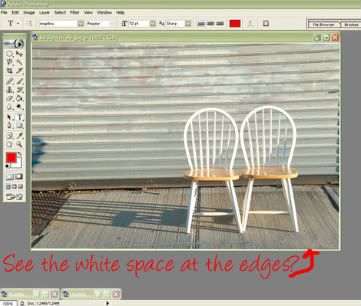Go Green Tip of the Week #3

Today's tip comes from Ideal Bite
Got a stink that won't let you unplug your nose?
The Bite
No need to "plug-it-in, plug-it-in." Instead, hit that stink with a stick: reed aromatherapy diffusers, which work like lightly-scented candles or air fresheners, but last longer and let you stick it to energy waste.The Benefits
- Not "plugging it in." At about 2.1 watts, those plug-in deodorizers don't use tons of energy, but none is even better.
- Sticking to what's essential. Some of those air fresheners are kinda dirty, containing chems such as carcinogenic phthalates; most reed diffusers use only essential oils.
- The scents stick around. Diffusers last hundreds of hours - way longer than your average scented candle.
- Hitting rooms with the pretty stick. Plug-in fresheners don't always go with your décor, whereas natural reeds in a beautiful glass look good anywhere.
Wanna Try?
- Botura - great earthy floral scent with geranium and patchouli ($43).
- Dani Eco Diffuser - comes in six nature-inspired scents, such as clover and fresh fir, and its packaging is biodegradable ($30).
- Ilio Modern Air - made using sustainably grown rattan reeds; also in six fragrance choices, including clean- and sweet-smelling D'anjou Pear ($29).
- Method Aroma Sticks - choose from cut-grass or sweet-water scents; has darker reeds and a ceramic vase ($15).
- VI Reed & Cane Reeds - just reeds if you wanna create your own scent-and-bottle combo ($10-$16/100).
- DIY Bite: Mix 15-20 drops of your fave essential oil with 3 cups of H2O in a spray bottle to use as a room spritzer.
BANG FOR THE BITE

If 10,000 Biters unplug their PlugIn for a month, we'll save enough energy to power a typical American house for about 17 months.
Technorati tags: go green, ideal bite, plug-ins
Posted in: go green, ideal bite, plug-ins on Friday, April 18, 2008 at at 11:40 AM 8 comments























